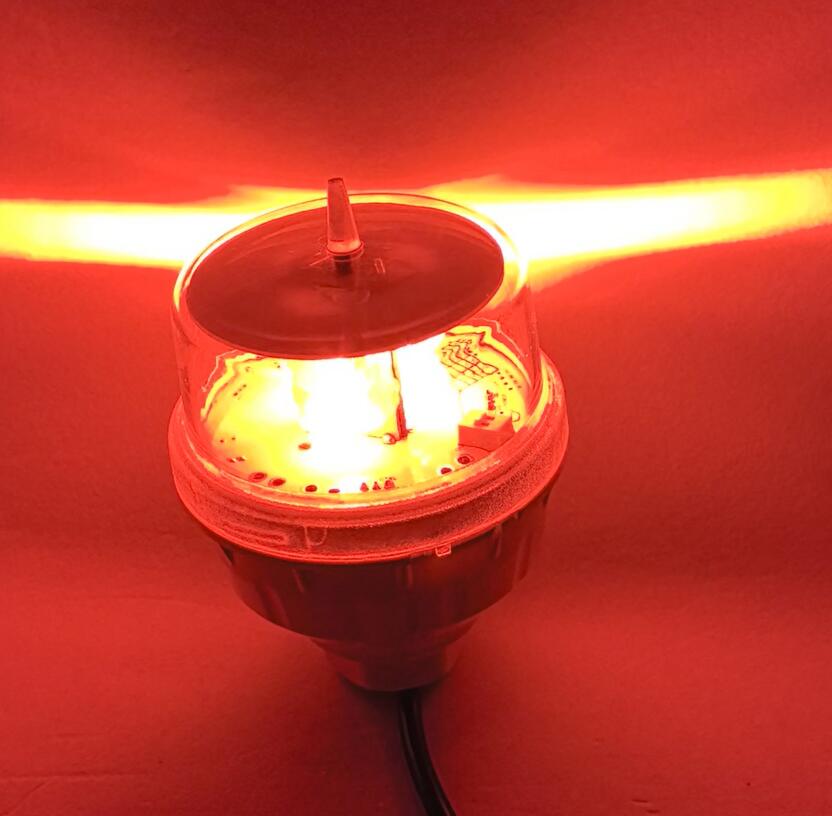
The architectural tapestry of our modern world is woven with towering structures. From the majestic skyscrapers defining city horizons to the vast wind farms generating clean energy and the essential telecommunication masts keeping us connected, these edifices symbolize human progress. However, this vertical expansion introduces a critical challenge: ensuring the safety of low-flying aircraft. Against this backdrop, the lampu obstruction light emerges not as a mere accessory, but as an indispensable, silent guardian of the skies. Its role is simple, its function vital—to warn, to mark, and to protect.
Beyond Illumination: The Science of Safety
A lampu obstruction light is far more than a simple light bulb on a tower. It is a highly engineered device governed by strict international aviation regulations set forth by bodies like the ICAO (International Civil Aviation Organization) and the FAA (Federal Aviation Administration). These regulations dictate everything from light intensity (measured in candelas) and color (red or white) to flash patterns and placement on structures. The goal is universal clarity: a pilot, anywhere in the world, must instantly recognize these lights as a signal of an obstacle.
These lights are categorized by intensity—low, medium, and high—and are deployed in specific combinations depending on the structure's height and location. For instance, a tall skyscraper might use high-intensity white strobes during daylight and twilight hours, switching to steady-burning red lamps at night. This sophisticated system ensures maximum visibility under all conditions, forming an invisible shield around potential hazards.

The Evolution of Technology: From Filament to LED
The history of obstruction lighting is a story of technological evolution. Early systems relied on incandescent or halogen lamps. While effective, these technologies had significant drawbacks: high energy consumption, short lifespans, and frequent maintenance requirements. For technicians, replacing a bulb on a 300-meter mast is a complex and hazardous operation, making reliability a paramount concern.
The advent of Light Emitting Diode (LED) technology revolutionized the industry. Modern lampu obstruction light systems, now predominantly LED-based, have transformed safety and efficiency. LEDs offer exceptional advantages:
Longevity: With lifespans exceeding 100,000 hours, LEDs drastically reduce maintenance cycles and costs.
|
lampu obstruction light |